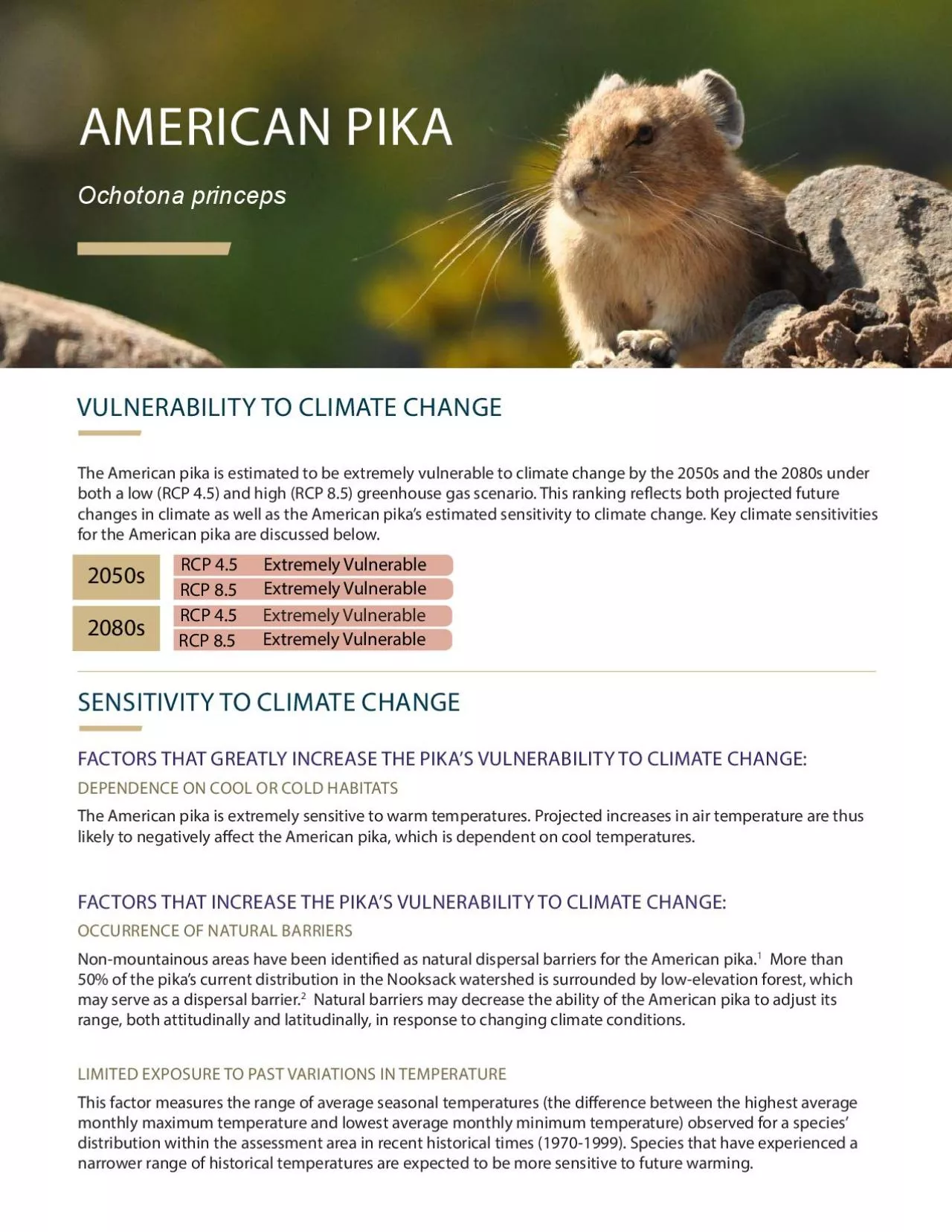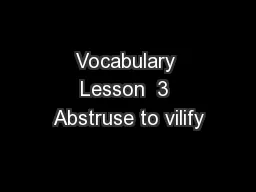PDF-Extremely Vulnerable
Author : helene | Published Date : 2021-06-08
RCP 85 Extremely Vulnerable RCP 45 FACTORS THAT GREATLY INCREASE THE PIKAS VULNERABILITY TO CLIMATE CHANGE DEPENDENCE ON COOL OR COLD HABITATS The American pika
Presentation Embed Code
Download Presentation
Download Presentation The PPT/PDF document "Extremely Vulnerable" is the property of its rightful owner. Permission is granted to download and print the materials on this website for personal, non-commercial use only, and to display it on your personal computer provided you do not modify the materials and that you retain all copyright notices contained in the materials. By downloading content from our website, you accept the terms of this agreement.
Extremely Vulnerable: Transcript
Download Rules Of Document
"Extremely Vulnerable"The content belongs to its owner. You may download and print it for personal use, without modification, and keep all copyright notices. By downloading, you agree to these terms.
Related Documents














